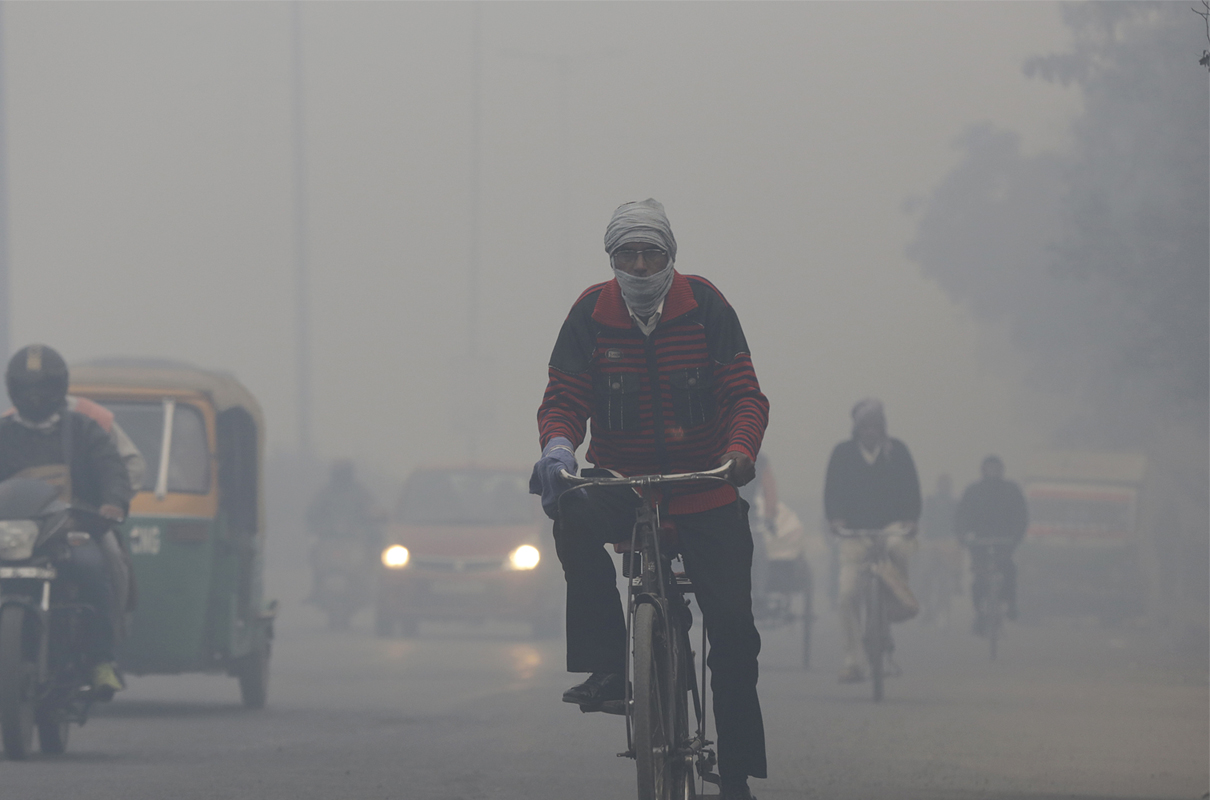On Saturday morning, dense fog blanketed Delhi and nearby areas, while the city’s air quality remained in the ‘Severe’ category for the fourth consecutive day. At 6 a.m., the Air Quality Index (AQI) stood at 404, classified as ‘Severe’ by the Central Pollution Control Board. Several areas reported even higher AQI levels, including Alipur at 433, Anand Vihar at 436, and Ashok Vihar at 438.
AQI Categories
The AQI is classified into six categories:
- ‘Good’ (0-50)
- ‘Satisfactory’ (51-100)
- ‘Moderately Polluted’ (101-200)
- ‘Poor’ (201-300)
- ‘Very Poor’ (301-400)
- ‘Severe’ (401-500)
With an AQI of 404, Delhi falls under the ‘Severe’ category, signaling serious health risks for residents.
GRAP Stage 3 Measures Implemented
To address the deteriorating air quality, Stage 3 of the Graded Response Action Plan (GRAP) was activated on Friday. This action followed the Commission for Air Quality Management’s (CAQM) directive issued on Thursday.
Key measures under GRAP-3 include:
- Suspension of all construction and demolition activities.
- Halting of non-essential mining operations.
- Restrictions on non-electric, non-CNG, and non-BS-VI diesel interstate buses.
- Schools in Delhi-NCR have shifted to online classes for students up to grade 5.
Causes of Delhi’s Pollution
Delhi’s air quality had remained in the ‘Very Poor’ category for 14 days, primarily due to vehicular emissions, which accounted for 15.4% of the pollution. Stubble burning in neighboring states has further intensified the pollution, enveloping the city in thick smog. Dangerous levels of PM2.5 and PM10 continue to pose a threat to public health.
The Ministry of Earth Sciences’ Air Quality Warning System predicts that slow wind speeds will persist, making it harder for pollutants to disperse. As a result, Delhi’s air quality is expected to remain poor for the foreseeable future.







